Renew Your USEA Membership for the 2023 Season Today LEARN MORE
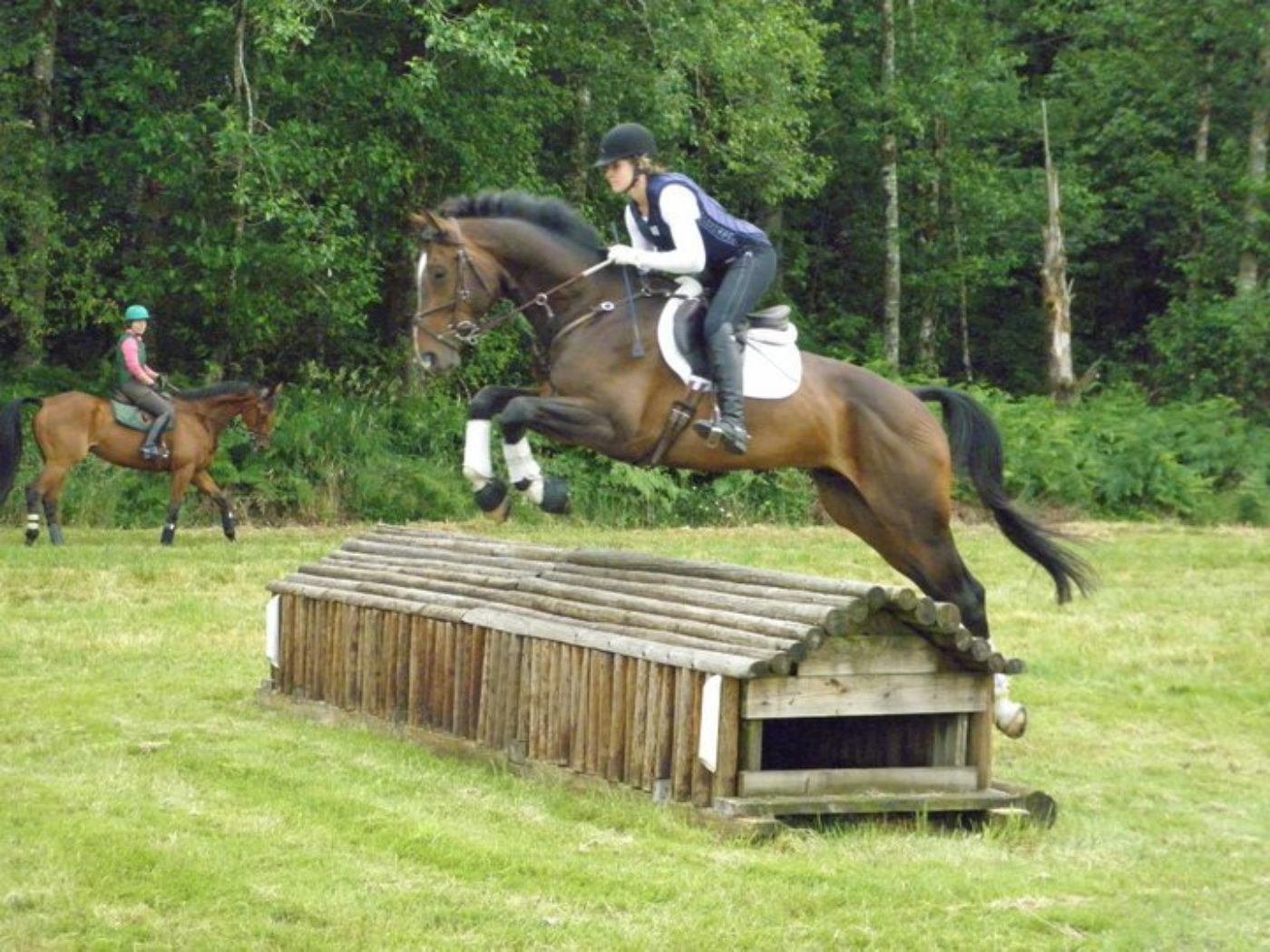
Caber Farm Horse Trials in Onalaska, Washington (Area VII) hosts one USEA recognized event every year on the final weekend in August and offers Beginner Novice through Intermediate levels. Caber Farm is a boarding and training facility year-round and also hosts clinics and Pony Club rallies.
Caber Farm Horse Trials celebrated its 20th anniversary this past August with 290 entries competing from Beginner Novice to Intermediate level, but John Camlin never had any intention of running an event at Caber Farm when he purchased the 125-acre property in 1992. “We’d lost six events in our area in a year and a half and Cindy Burge, who used to run Deep Creek before she passed away and was a good friend of mine, said to me, ‘Why don’t you put an event on?’ and I said, ‘Okay I’ll do it, just because we need one,’ and it’s been going ever since then," explained Camlin.
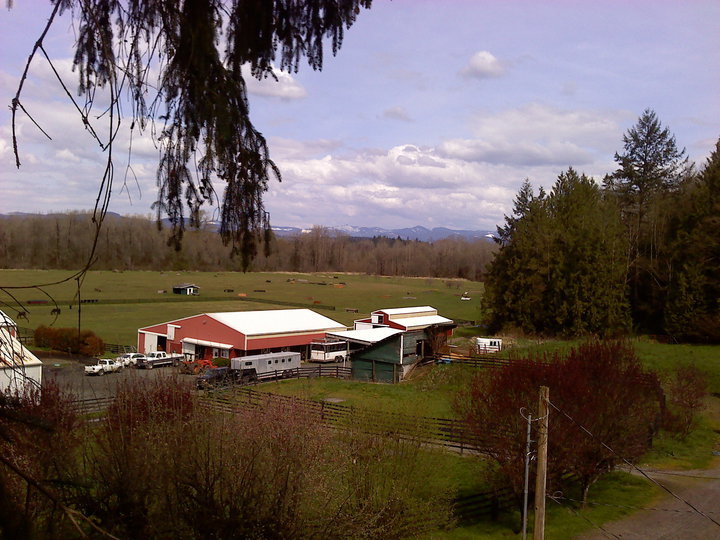
The Pasadena, California native decided to settle in Washington after returning from several years riding and working in Middleburg, Virginia. “I thought that this was pretty close to Middleburg-type footing because it’s all turf, so I chose to be up here,” said Camlin. “At the time, I had 26 broodmares so we were doing a lot of Thoroughbred breeding, but that’s since fallen away because the racetrack closed for a while . . . so I took what was left of my broodmare string and bred them for event horses.” To this day, Caber Farm is a working horse farm that offers boarding and training to event riders in the Pacific Northwest.
Caber Farm Horse Trials has always been a family affair, with John’s wife, Cindy, and four sisters, Karen, Jodie, Andrea, and Wendy contributing an incredible amount of time and effort to make the event possible. “Cindy has been the show secretary and has dealt with every problem known to mankind, and she tolerates me and my schedule with the horses which is amazing,” laughed Camlin. “All my sisters have all contributed and helped out. They come up every year about a week before the event and help with all the last-minute stuff. We don’t have big corporate sponsors or anything, it’s just a regular event.”
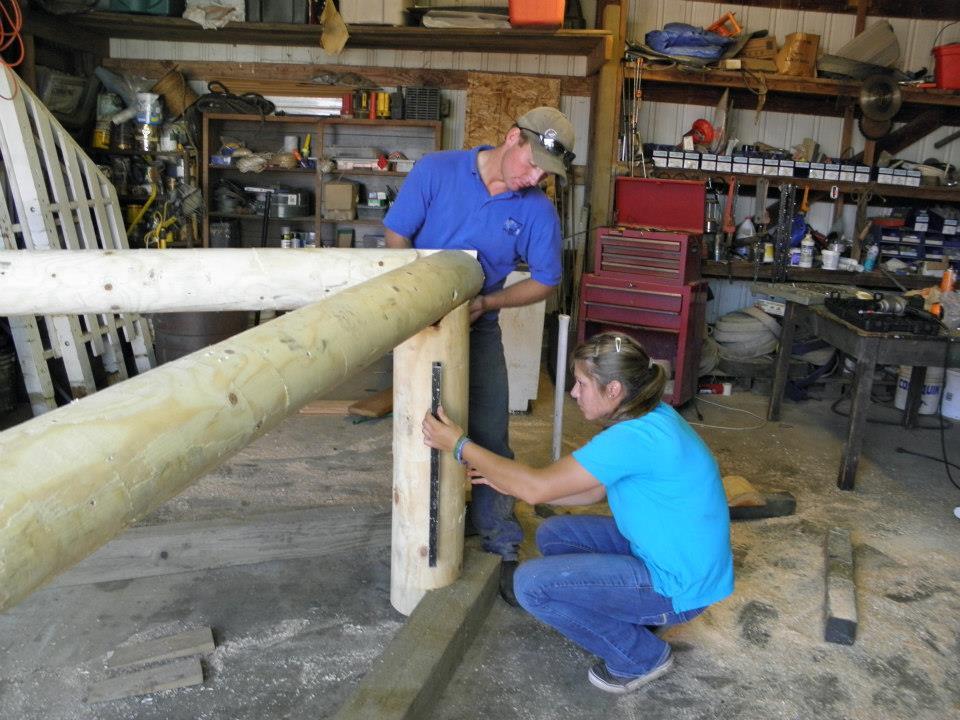
Aside from his own flesh and blood, Camlin explained that there is a small group of people who have been with him, some since the very beginning of the event, who keep coming back year after year. “Sharon Johnson builds all my stadium jumps and comes up with cool ideas all the time,” said Camlin. “Sharon Lowam, I taught her daughter nearly 20 years ago and she’s done my stabling ever since then. Stephen Hales has designed the show jumping for 16 of the last 20 years. Ashely Loucks has been with me for seven years and Katy Nichwander has been with me about three years as working students.”
There is also a loyal group of volunteers that stems from Camlin’s training program that dedicate their time to the event each year. “Our volunteers are all good people,” Camlin said. “I have students [who volunteer] and parents of students who have moved on to college who still come out to help.”
Derek di Grazia has been designing Caber Farm’s cross-country since the very beginning. “He designed his first Intermediate course at my place, so I can hang that over his head whenever he thinks he’s too busy to do it now,” laughed Camlin. The course sprawls across Caber Farm’s fields and winds in and out of the surrounding woods. Camlin himself does a majority of the course building himself with Zane Webb coming in to help.
As a long-format eventer for most of his career, Camlin appreciates the shift taking place in current course design. “I think that the organization is realizing that we have to have more open galloping courses, and Derek has done a good job. Even at my place I’ve watched our course evolve into something that’s a more open kind of course that you get galloping fences in. I told Derek a couple of years ago, as I’ve gotten older and I’m still competing, I said, ‘There’s got to be at least two minutes of fun when I’m out on an Intermediate course, where you just get to take your horse and run on down to a big obstacle and jump it,’ and I think that we are getting more back to that.”
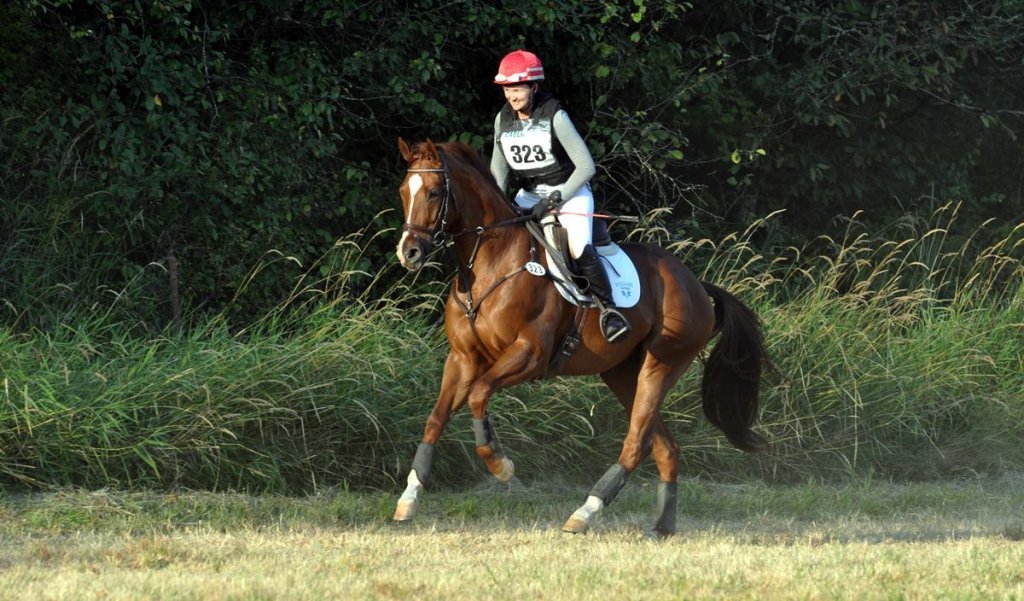
Camlin also spoke about his interest in bringing the USEA Young Event Horse (YEH) Program to Caber Farm next year. “The whole YEH program is evolving too. I think the whole premise started out really well and then it got away from it a little where they started looking for way too big a frame and then it seemed like this year they settled it back down and it will make me want to put that into my event next year . . . I think the program has shifted back again, it seems like they’re really sitting down and thinking about it, so I think we’ll try to put that in next year. I really like it. I think over time what it will do is set a standard for breeders for what to look for and what they should get.”
Camlin described how he works hard to foster an atmosphere of learning at his event, and how he has worked with the Technical Delegates at Caber Farm to educate people who make mistakes rather than punishing them unnecessarily. “If somebody makes a mistake, let’s talk to them about it and try to fix it instead of just punishing them. We had a kid a couple of years ago competing at Beginner Novice, a lot of the warm-up is right around cross-country and he cantered through the water. They said, ‘Well, we need to eliminate him,’ and I said, ‘No you don’t. You need to go talk to him and not have him do that again.’ I like people to finish the events. We’ll let eliminated riders jump on Sunday, they paid their money and they’ve got to get better. That’s how we run our event.”
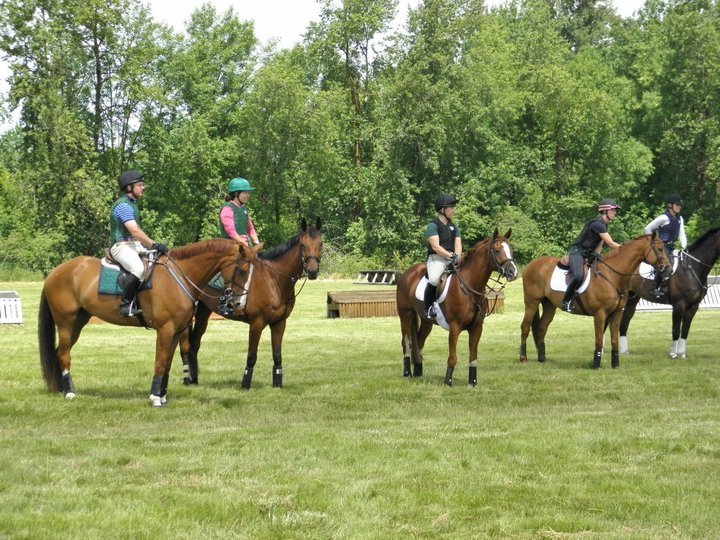
For Camlin, the best part about the sport is the time riders get to spend with their horses, and he’s created an environment at Caber Farm that fosters that. “We have 20 acres that we put the stabling on so we keep the stabling close together and people are allowed to back their trailers up within a safe distance of the barns so that everybody’s right there. It’s cool to watch people just be able to hang with their horse at their stall.”
“It’s a family–friendly event,” concluded Camlin. “I literally will know every person that’s there. At some point during the weekend I’ll have spoken to them. We try to make sure of that.”
The USEA is profiling the history behind all USEA recognized events in the USEA Events A-Z series.